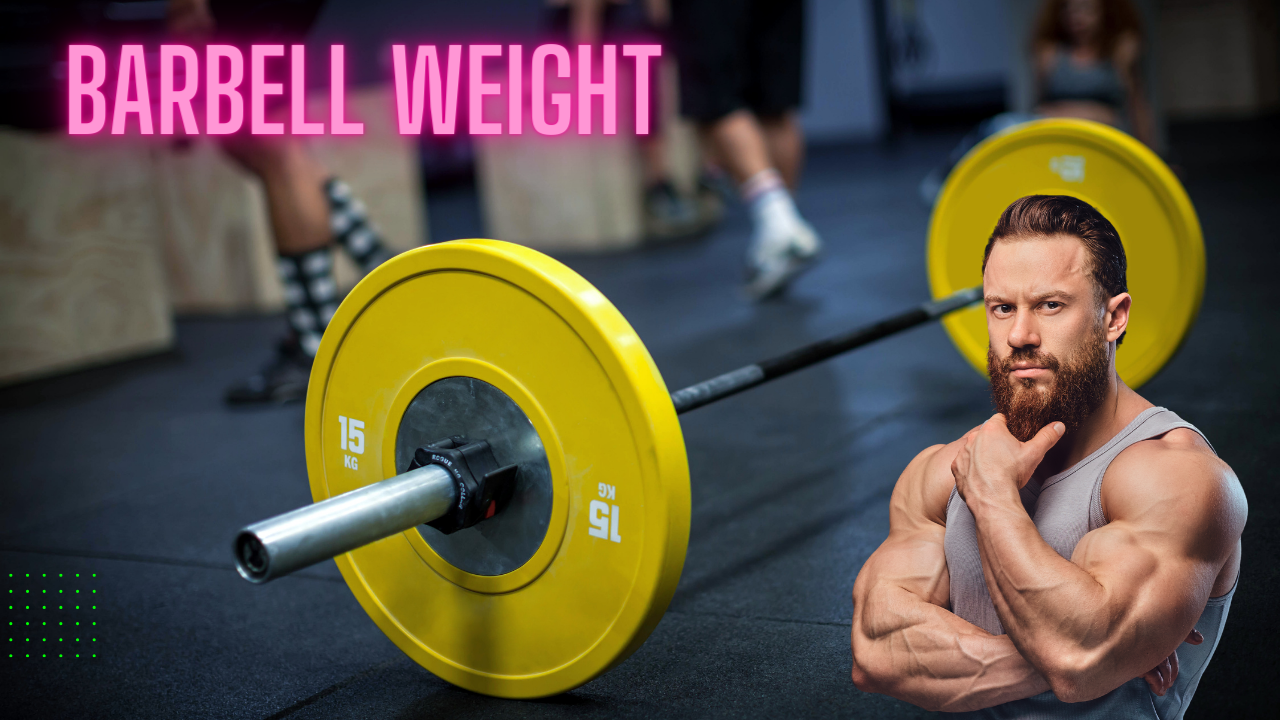Understanding barbell weight is essential for effective weightlifting. Despite common misconceptions, barbell weight can vary based on type and design. In this post, we’ll explore the diverse world of barbells to clarify their weights.
1. Understanding Barbell Weight Basics
Barbells are the cornerstone of weightlifting, serving as the primary equipment for exercises like bench presses, squats, and deadlifts. While they may all look similar at first glance, barbells come in various shapes, sizes, and weights. The most common types include Olympic barbells, standard barbells, and specialty bars such as EZ curl bars and trap bars.
Olympic Barbells
Olympic barbells are the gold standard in weightlifting, known for their robust construction and standardized dimensions. These barbells typically weigh 45 pounds (20 kilograms) for men and 35 pounds (15 kilograms) for women. However, it’s essential to note that not all Olympic barbells weigh the same, as some variations may deviate slightly from these standard weights.
Standard Barbells
Standard barbells, also known as straight barbells, are more basic in design compared to Olympic barbells. They are typically shorter and lighter, with weights ranging from 15 to 25 pounds (7 to 11 kilograms). These barbells are commonly found in home gyms and beginner weightlifting setups.
Specialty Bars
In addition to Olympic and standard barbells, there are various specialty bars designed for specific exercises and purposes. EZ curl bars, for example, feature a zigzag design that reduces wrist strain during bicep curls. Trap bars, on the other hand, have a hexagonal shape and are often used for deadlifts and shrugs. The weight of specialty bars can vary depending on their design and intended use.

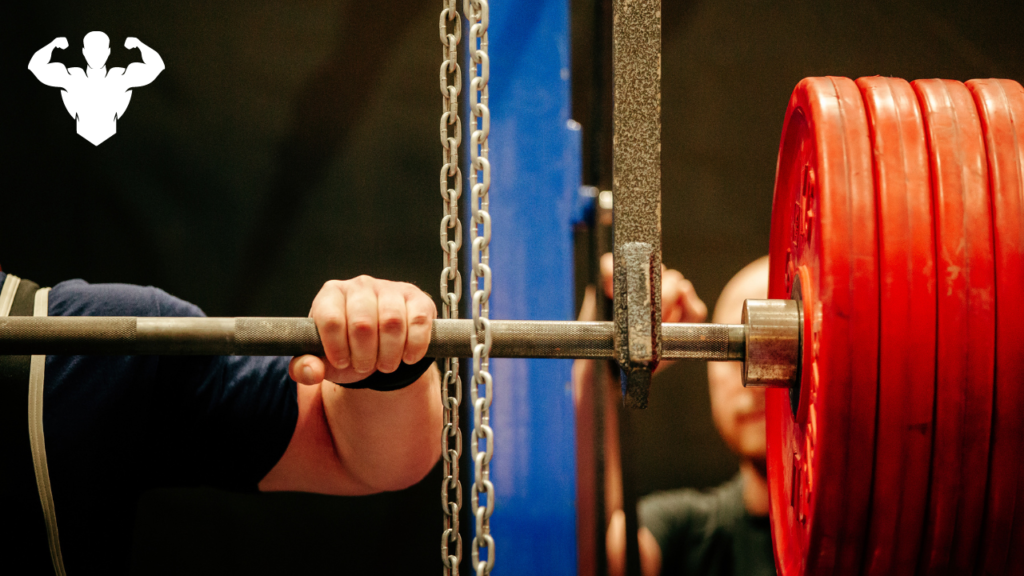
Understanding the basics of barbell weight is essential for anyone embarking on a weightlifting journey. By familiarizing yourself with the different types of barbells and their respective weights, you’ll be better equipped to select the right equipment for your workouts. In the next section, we’ll delve deeper into the specifics of each type of barbell, uncovering their unique characteristics and applications. Stay tuned for more insights on demystifying barbell weight!
2. Factors Influencing Barbell Weight Exploring the Variables
Discover the factors influencing barbell weight and explore the variables that impact its variability. Gain insights into the diverse elements shaping the weight of barbells in weightlifting.
Understanding Variable Factors
While the standard weight of a barbell is commonly known, several factors can influence the overall weight of the barbell you encounter in the gym. It’s essential to explore these variables to gain a comprehensive understanding of barbell weight.
Barbell Type and Design
One of the primary factors influencing barbell weight is the type and design of the barbell itself. As mentioned earlier, Olympic barbells typically weigh 45 pounds for men and 35 pounds for women. However, specialty bars like EZ curl bars or trap bars may weigh less due to their unique designs.
Plate Weight
In addition to the barbell itself, the weight of the plates loaded onto the bar can significantly impact the total weight lifted.
Standard weight plates come in various sizes, ranging from 2.5 pounds to 45 pounds, allowing for customization of the total weight lifted during a workout.

Collars and Clips
Another factor to consider is the weight of the collars or clips used to secure the weight plates on the barbell. While these may seem insignificant, their weight can add up, especially when lifting heavy loads. Some collars are designed to be lightweight, while others may be more substantial, depending on their construction.
Manufacturing Tolerances
It’s also worth noting that manufacturing tolerances can play a role in the overall weight of a barbell. Small variations in materials and construction methods can lead to slight differences in weight between individual barbells, even if they are the same type and model.
Environmental Factors
Lastly, environmental factors such as temperature and humidity can affect the weight of the barbell. The metal expands and contracts with temperature changes, which can lead to fluctuations in weight over time. While these variations may be minimal, they are worth considering for those seeking precise measurements in their workouts.
3. How to Determine Barbell Weight Practical Tips and Techniques
Learn practical tips and techniques for accurately determining barbell weight. Gain insights into effective methods for assessing the weight of barbells to optimize your weightlifting routine.
Weighing the Barbell
To determine the weight of a barbell accurately, you can use a scale specifically designed for weighing gym equipment. Place the barbell on the scale and ensure that it is balanced evenly to obtain an accurate reading. Be sure to account for any additional weight, such as collars or clips, when calculating the total weight lifted.
Consulting Equipment Specifications
If you’re unsure about the weight of a particular barbell, consult the manufacturer’s specifications for that specific model. Most reputable manufacturers provide detailed information about the weight and dimensions of their barbells, allowing you to make informed decisions about your bucked-up pre-workout routine.
Observing Gym Standards
In a gym setting, standardization is key to ensuring consistency across different equipment and workouts. Many gyms adhere to industry standards for barbell weight, with Olympic barbells typically weighing 45 pounds for men and 35 pounds for women. However, it’s always a good idea to verify this information with gym staff or trainers to avoid any confusion.
Testing the Barbell
If you’re still uncertain about the weight of a barbell, you can perform a simple test to gauge its weight. Start with a known weight, such as a standard weight plate, and lift it using proper form. Then, switch to the barbell in question and lift it using the same technique. Compare the two experiences to determine if there are any noticeable differences in weight.
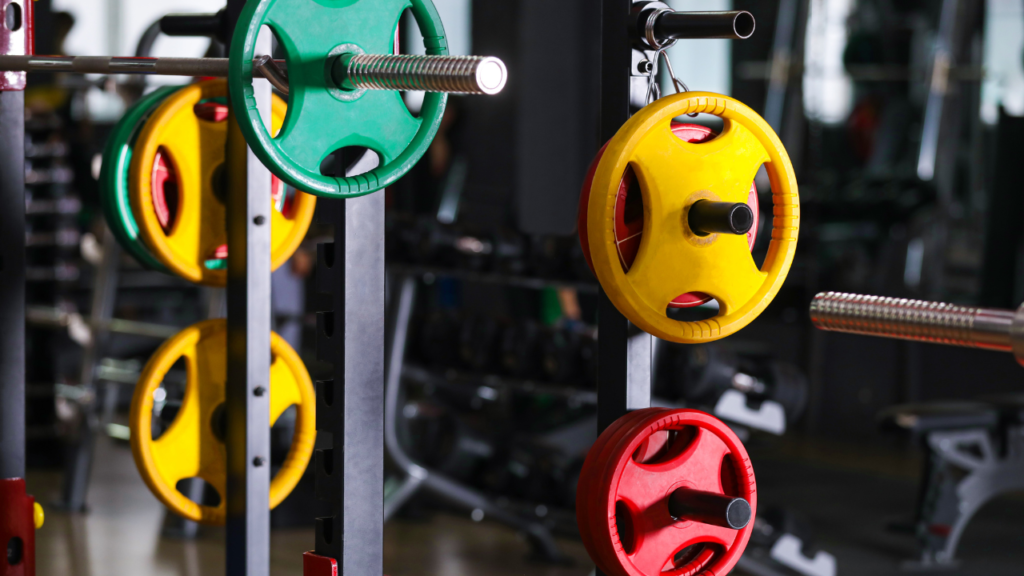
While the weight of a barbell may seem straightforward, several factors can influence its overall weight, making it essential to consider these variables when planning your workouts. By understanding the factors that contribute to barbell weight and employing practical techniques for determining weight, you can ensure a safe and effective weightlifting experience. In the next sections, we’ll delve into specific scenarios and address common questions about barbell weight, providing you with the knowledge you need to excel in your fitness journey.
4. Tips for Weighing a Barbell on a Smith Machine
Explore helpful tips for accurately weighing a barbell on a Smith machine. Discover techniques to ensure precise measurement of barbell weight, enhancing your workout experience on the Smith machine.
Understanding the Smith Machine
The Smith machine is a popular piece of gym equipment that utilizes a guided barbell system for controlled weightlifting movements. While the Smith machine offers several advantages, such as enhanced stability and safety features, it can pose challenges when it comes to accurately weighing the barbell.
Utilize Gym Resources
Many gyms have dedicated resources, such as gym staff or fitness trainers, who can assist you in weighing the barbell on a Smith machine. Don’t hesitate to ask for help if you’re unsure about the process or need assistance in obtaining an accurate weight measurement.
Use a Portable Scale
Alternatively, you can use a portable scale to weigh the barbell directly on the Smith machine. Place the scale beneath the barbell and ensure that it is positioned evenly to obtain an accurate reading. Be mindful of any additional weight, such as collars or clips, and factor these into your calculations.
Consult Equipment Manuals
Refer to the manufacturer’s manual or specifications for the Smith machine to determine if any information is provided regarding the weight of the barbell. While not all manuals may include this detail, it’s worth checking to see if there are any guidelines or recommendations available.
Perform Comparative Tests
If you’re still uncertain about the weight of the barbell on the Smith machine, you can perform comparative tests using known weights. Lift a standard weight plate using proper form and compare the experience to lifting the barbell on the Smith machine. Look for any noticeable differences in weight or resistance to gauge the accuracy of your measurements.
Seek Professional Assistance
For those who require precise measurements or have specific fitness goals in mind, consider seeking assistance from a certified personal trainer or fitness professional. These experts can provide valuable guidance and support in navigating the complexities of weighing a barbell on a Smith machine.
5. Conclusion and Final Thoughts
Wrap up your journey with insightful conclusions and final reflections. Gain closure with key takeaways and reflections on barbell weight exploration.
Navigating the Challenges
Weighing a barbell on a Smith machine presents unique challenges due to the equipment’s design and construction. However, with the right approach and resources, it’s possible to obtain an accurate measurement that aligns with your fitness goals and objectives.
Embracing Versatility
Despite the challenges, the Smith machine offers versatility and convenience for weightlifting enthusiasts of all levels. Whether you’re performing squats, bench presses, or shoulder presses, the Smith machine can provide a stable and controlled environment for a variety of exercises.
Moving Forward
As you continue your fitness journey, remember to approach the process with patience and persistence. Don’t be afraid to experiment with different techniques and methods for weighing the barbell on a Smith machine until you find what works best for you. With dedication and determination, you can overcome any obstacles and achieve your fitness goals.
6. Common Misconceptions About Weighing Bars on a Smith Machine
Learn about the misunderstandings people often have when weighing bars on a Smith machine.
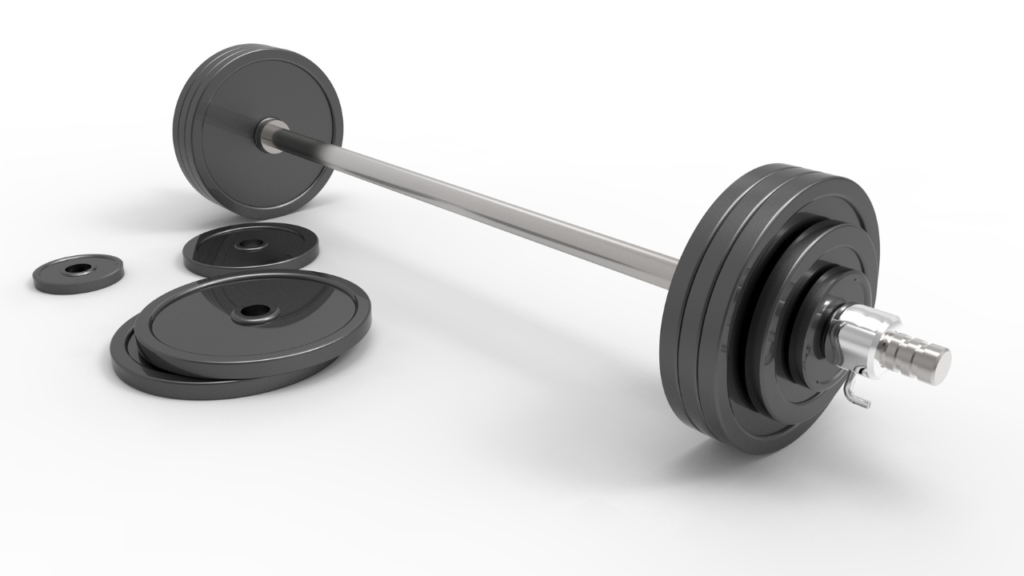


Discover the truth behind common misconceptions to better understand barbell weight measurement on a Smith machine.
Misconception 1: The Barbell Weight is Standardized
One common misconception is that the weight of the barbell on a Smith machine is standardized across all machines. However, variations in equipment design, manufacturing, and calibration can result in differences in barbell weight from one machine to another.
Misconception 2: The Barbell Weight is Always Clearly Labeled
Another misconception is that the weight of the barbell on a Smith machine is always clearly labeled or readily available. While some machines may feature built-in weight indicators or labels, not all equipment provides this information, making it challenging for users to determine the exact weight of the barbell.
Misconception 3: All Smith Machines Are Alike
It’s also important to note that not all Smith machines are alike in terms of design, construction, and weight specifications. Factors such as the length and diameter of the barbell, the presence of counterbalance systems, and the type of resistance mechanism can all influence the overall weight of the barbell on a Smith machine.
Misconception 4: The Barbell Weight Does Not Vary Over Time
Some individuals may mistakenly believe that the weight of the barbell on a Smith machine remains constant over time. However, factors such as wear and tear, equipment maintenance, and changes in environmental conditions can all impact the accuracy and consistency of the barbell weight, necessitating periodic recalibration and adjustment.
7. Tips for Overcoming Challenges in Weighing Bars on a Smith Machine
Discover helpful advice for tackling difficulties when weighing bars on a Smith machine.
Learn practical tips to overcome challenges and ensure accurate barbell weight measurement on a Smith machine.
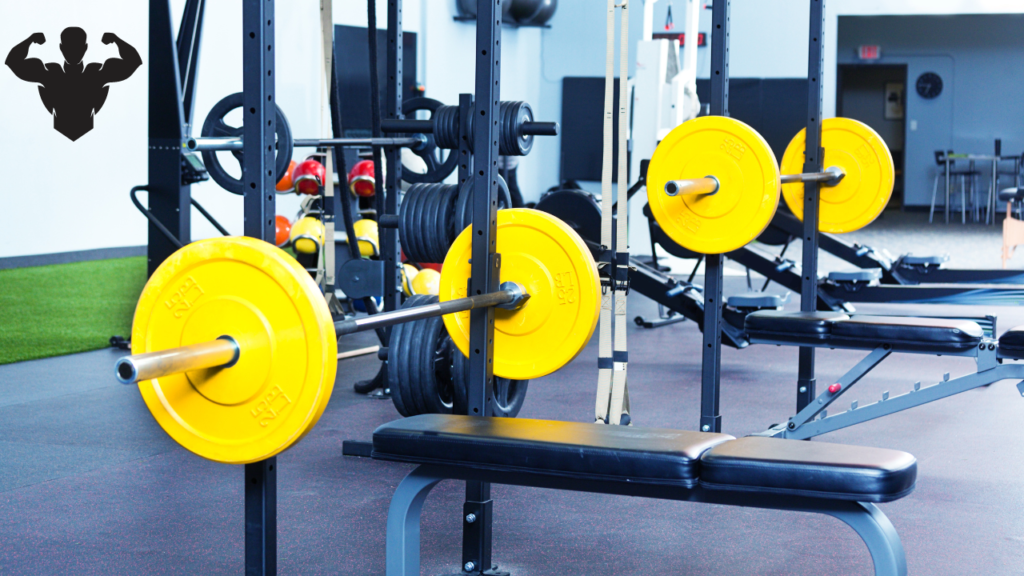
Tip 1: Consult Gym Staff or Trainers
If you’re unsure about how to accurately weigh the barbell on a Smith machine or encounter challenges in obtaining an accurate measurement, don’t hesitate to seek assistance from gym staff or fitness trainers. These individuals can offer valuable guidance and support to ensure that you’re using the equipment safely and effectively.
Tip 2: Use Portable Weighing Scales
Consider investing in portable weighing scales or devices that can be used to measure the weight of the barbell directly on the Smith machine. These tools provide a convenient and reliable way to obtain accurate weight measurements, allowing you to track your progress and make informed decisions about your fitness routine.
Tip 3: Perform Comparative Tests
To verify the accuracy of the barbell weight on a Smith machine, consider performing comparative tests using known weights or standard equipment. By comparing the resistance and feel of lifting the barbell on the Smith machine to lifting standard weights, you can gauge the accuracy of your measurements and make any necessary adjustments.
Tip 4: Stay Informed and Educated
Stay informed about the specific features and specifications of the Smith machine you’re using, as well as any guidelines or recommendations provided by the manufacturer. By understanding how the equipment works and its potential limitations, you can better navigate the challenges associated with weighing bars on a Smith machine.
Tip 5: Adjust Your Approach as Needed
Be flexible and open to adjusting your approach as needed based on your individual circumstances and fitness goals. If you encounter challenges or inconsistencies in weighing the barbell on a Smith machine, don’t hesitate to explore alternative methods or seek additional assistance to ensure that you’re achieving accurate and reliable results.
FAQs ( Frequently Ask Questions )
Common inquiries are answered to provide clarity and assistance.
- Q: What is the standard weight of a barbell on a Smith machine?
- The standard weight of a barbell on a Smith machine is typically around 15 to 20 pounds.
- Q: How do I determine the weight of the bar on a Smith machine if it’s not labeled?
- You can use a scale or ask gym staff for assistance in weighing the bar.
- Q: Do all Smith machines have the same barbell weight?
- No, the weight of the bar on a Smith machine can vary depending on the manufacturer and model.
- Q: Why is it important to know the weight of the bar on a Smith machine?
- Knowing the weight helps you accurately calculate the total weight you’re lifting during exercises.
- Q: Can I use standard weights to verify the accuracy of the barbell weight on a Smith machine?
- Yes, comparing the Smith machine barbell weight with standard weights can help verify its accuracy.
- Q: Are there any safety considerations when using a Smith machine with an unknown barbell weight?
- Yes, it’s essential to start with lighter weights until you’re familiar with the equipment to avoid injury.
- Q: How often should I recalibrate or verify the weight of the bar on a Smith machine?
- It’s a good idea to check the weight periodically, especially if you notice any changes or inconsistencies.
- Q: What should I do if I encounter inconsistencies or challenges in weighing the bar on a Smith machine?
- Notify gym staff or maintenance personnel to address any issues promptly.
- Q: Can gym staff or trainers assist me in determining the weight of the bar on a Smith machine?
- Yes, gym staff or trainers are often available to help you determine the weight and answer any questions.
- Q: Are there any alternative methods or tools available for measuring the weight of the bar on a Smith machine?
- Yes, you can use portable scales or weight measurement apps on your smartphone for convenience.
- Q: Are barbells 20 or 25 kg?
- Barbells typically come in standard weights of either 20 kilograms (about 44 pounds) or 25 kilograms (about 55 pounds).
- Q: How much does a barbell weigh?
- The weight of a barbell can vary depending on its type and purpose. Standard barbell bars usually weigh around 45 pounds (20 kilograms), but there are variations in weight depending on the specific type of barbell.
- Q: Are all barbell bars 45 pounds?
- No, not all barbell bars weigh 45 pounds. While standard barbell bars commonly weigh around 45 pounds (20 kilograms), there are different types and sizes of barbells with varying weights.
- Q: What is a good barbell weight?
- The ideal barbell weight depends on individual fitness goals, experience level, and the exercises being performed. Beginners may start with lighter weights, while experienced lifters may use heavier ones for strength training.

